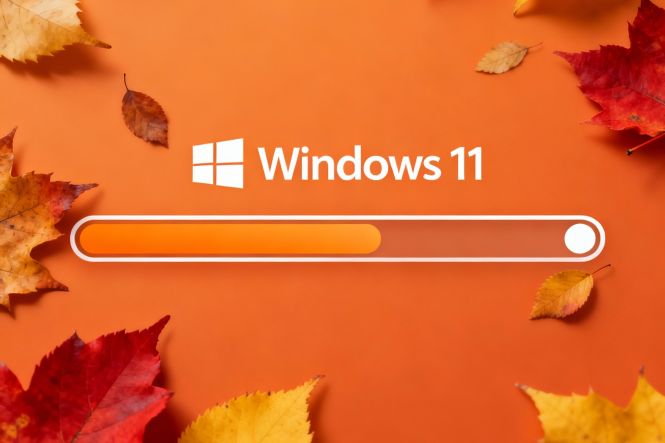 Windows 11 23H2 support ends in November; how to upgrade to 25H2?
Windows 11 23H2 support ends in November; how to upgrade to 25H2?
The support for Windows 10 was ended by Microsoft on October 14, 2025, but the company isn’t done with its own products it considers outdated. Next up in this line is Windows 11 23H2 (Home and Pro editions; Enterprise and Education will have another year of support). This version was launched in October 2023, and Microsoft has since released a couple of its successors, versions 24H2 and 25H2.
When it comes to OS upgrades, many people stick to the “if it isn’t broken, don’t fix it” principle. Although it is a sane approach in a vast array of cases, it may leave you in a tricky situation when it comes to operating systems: lack of support naturally means no patches for the discovered vulnerabilities — and they are discovered routinely — and, consequently, higher risks of infection with malware. Plus, there eventually appear compatibility and performance issues.
This post answers two questions related to the matter:
- how to check Windows 11 version;
- how to upgrade to the latest Windows 11 version.
What version of Windows am I running?
Here are a couple of straightforward ways to find out what version of Windows you have installed.
- In Settings. Click the Start button, go to Settings → System, click About in the list (it’s the last item); there is the Windows specifications section there showing the version, the edition, and the build number.
- Using Winver. Press Windows Key + R to launch the Run dialog, type winver and hit Enter. A window with the specs of your Windows will pop up.
How to upgrade your Windows to the latest version
Typically, Windows offers you the upgrade automatically. This may not be happening for a variety of reasons, from hardware incompatibility through low disk space to incomplete/corrupted previous updates and/or issues with installed drivers or software.
Here are some things to try if you’re not offered to upgrade to the latest version of Windows automatically:
- Download and run the Microsoft PC Health Check app to verify that your hardware meets all hardware requirements for the new version.
- Make sure you have at least 20 GB of free disk space.
- Restart Windows Update Services in Settings → System → Troubleshoot → Other troubleshooters → Windows Update.
- Restart Windows Update Services in services.msc: press Windows Key + R, type services.msc and press Enter, scroll down to Windows Update, right-click and select Restart (or Stop and then Start).
If these measures don’t convince Windows to dish out the upgrade, download and run Microsoft’s Installation Assistant. It is supposed to give you the latest version without messing up the license and/or local files, but, just in case, do back up everything important (unless you already have the GFS backup strategy implemented).
Want a clean slate or a more “your” build of Windows? Consider using Windows modifiers and installation customization tools; here are some posts we’ve published previously that cover the best of them:



